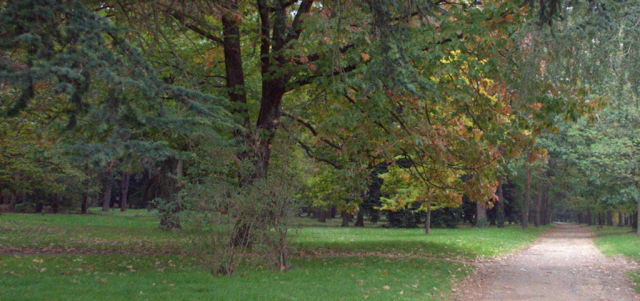Safety and security are poorly addressed issues in cultural landscapes. In urban areas, green space are recognized to play a preventive role, reducing the occurrences of assault and domestic violence (Schellenbaum Lovasi, 2008). Safety, however, proves a theme apart, for nature vehicles an imaginary in which it is still seen as a source of danger. Paul Gobster identifies six interrelated « human dimensions » associated with studies of green and blue frames: cleanliness, naturalness, aesthetics, safety, access and appropriateness of development. The dimension related to safety is expressed through two aspects for stakeholders in rivers edge: “physical safety – children at risk of falling into the river, health concerns result about direct physical contact with polluted water; and personal safety – the river as a hang-out for young gangs engaged in criminal activity, a place for drinking and drugs use, and as habitat for the homeless”. “There were considerable differences in safety perception across the corridor. In one stretch youth gangs were prevalent and limited the use of some of the sites. In other reaches, respondents were concerned about having an accident” (Gobster, 2004). The issue of public safety arises permanently in large parks, sometimes with a choice between more extensive maintenance for biodiversity, and the need to maintain visibility for the safety of all.

Ecojardin standard integrates public information criteria, including general information (emergency phone number), educational information, and temporary information, such as work in progress, to warn users of upcoming changes and their reasons. Regarding public safety, the two main considered points are the periodic verification of playgrounds, and tree health diagnosis, at least twice a year, to make adequate decision for their conservation or not, based on risks evaluation for the public.
This contradiction between safety and biodiversity in cultural landscapes is even more present in schools. Potential concerns of parents about the dangers include those associated with the introduction of wildlife that requires management. The question of the safety of schoolyard gardens is complex, but the example of forest school in the Mersey Forest Plan shows that there is a need to fight against the growing alienation of children from the natural world, and increased risk aversion in society.
Thus the issue is one of the most difficult to illustrate with health and care. Indeed, if it can be shown that cultural landscapes contribute to the well-being and public health, bottlenecks remain, related to a security vision that addresses nature as a source of danger, either in terms of health with the fear of harmful plants, animals, or water features, or in terms of safety as outdoor activities are perceived as riskier, especially for children. The demonstration that long-term benefits, including prevention of health risks, climate events, and of major risks such as floods on wider scale, are to be balanced with short-term risk and would therefore need further exploration.
